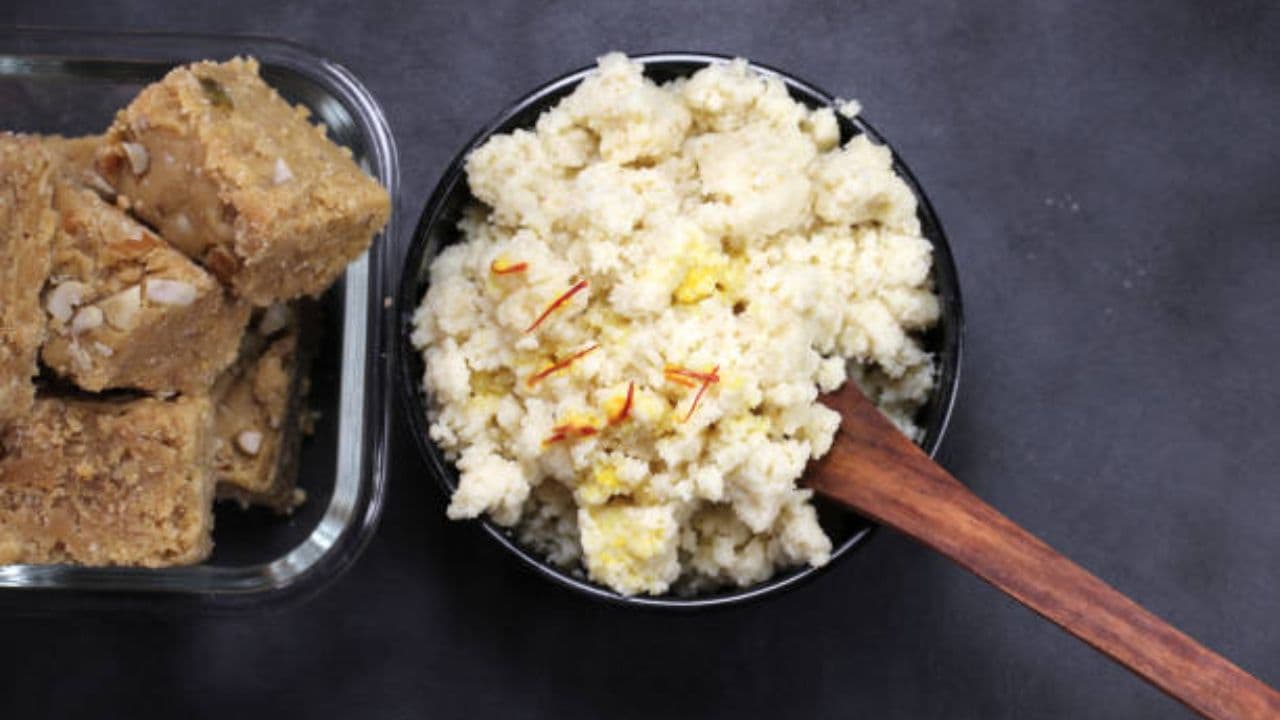How to Identify Adulteration in Mawa: The festive season has arrived and the festive season is incomplete without Khoya and Mawa. During Diwali-Dussehra, there is a lot of adulteration in Khoya and Mawa, today we will share with you some ways to identify it.
Khoya Mawa Purity Check: Both Mawa and Khoya play an important role in the world of Indian sweets. Both of these are milk products and are often used in sweets during festivals, such as Diwali, Rakhi or Ganesh Chaturthi. Although many people consider them to be the same thing, the texture and taste of Mawa and Khoya are different. Mawa is often slightly soft and moist, while khoya is hard and dry. Diwali is about to come and in this festival the purchase of Khoya and Mawa will increase rapidly, traders will take advantage of this and adulterate Khoya and Mawa and sell it at higher prices. Today we will tell you the difference between Khoya and Mawa and ways to identify its adulteration.
Basic difference between Mawa and Khoya-
Mawa is prepared by thickening milk on low flame. Some amount of water remains in it due to which it maintains some moisture and softness. Khoya milk, on the other hand, is completely removed from the water by continuous boiling, making it hard and durable. There is also a difference in taste, mawa tastes slightly sweet and creamy while khoya is hard and solid. The color of Mawa is white and the color of Khoya is brown. While milk powder or condensed milk is used to make Mawa, Khoya is prepared only by cooking the milk properly.
Read this also- Tata say bye-bye to adulterated mawa and prepare 250 grams of mawa at home with 1 liter of milk.
Ways to identify adulteration of Mawa and Khoya during festivals-
- While making sweets during festivals, it is important to check the purity of Mawa or Khoya purchased from the market.
- The first method is to try pressing the mawa in your hand. Pure mawa is soft and uniform, whereas adulterated mawa or khoya often has water or starch added to it, which can make it appear too smooth or too hard.
- Another way is to identify by color and fragrance. Pure mawa is light white or light yellow and has the fresh smell of milk. Khoya may be darker or brown in color. Due to adulteration, the color or smell may be different.
- The third method is to test by tasting and boiling. When pure mawa or khoya is gently heated, it melts easily and gives a creamy taste, whereas the adulterated product may have a strange bitterness or starchy smell.
- Check by dissolving it in water. If you want, you can check by dissolving Mawa and Khoya in water. When Mawa dissolves in water and turns white then it is pure, whereas if Khoya or Mawa does not dissolve properly and changes color in water then it is fake or adulterated Khoya and Mawa.
Read this also- Don’t eat sweets? Make 5 Tasty Recipes of Mawa at Home
